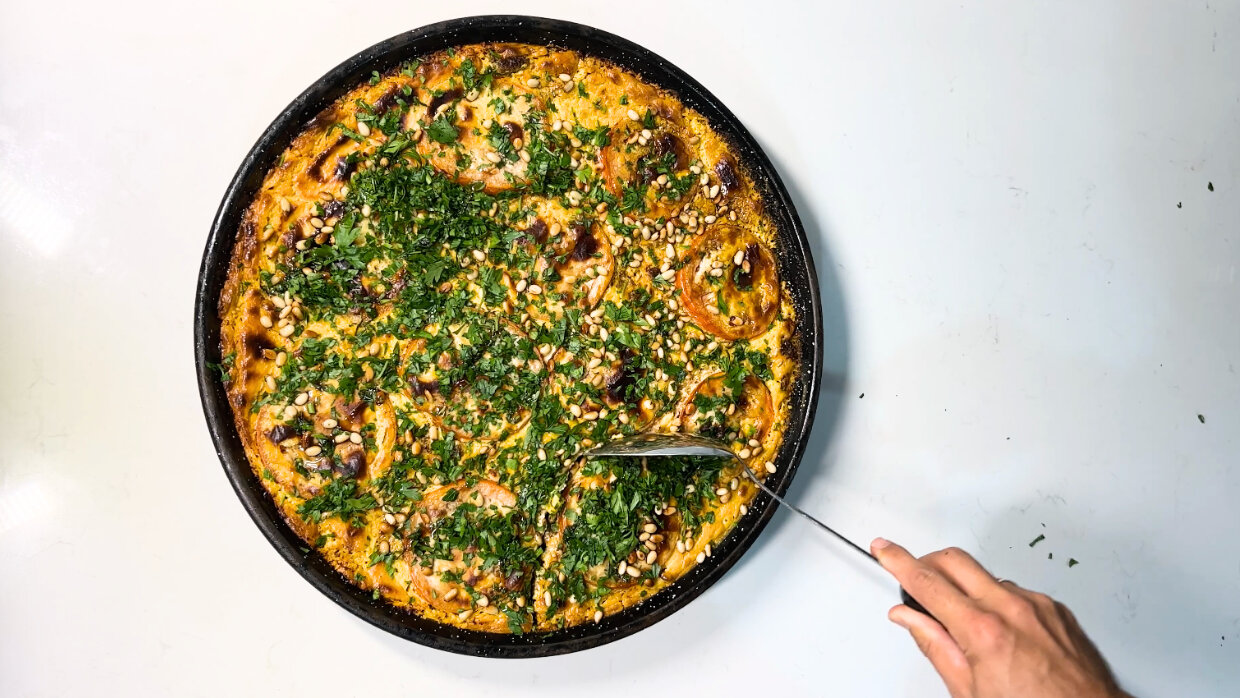Jewish cuisine is a vibrant tapestry woven from the rich traditions of countless cultures. While bagels and blintzes may be familiar favorites, the Jewish culinary world extends far beyond these staples. So let’s delve into the lesser-known gems that have been passed down through generations in Jewish communities across the globe.
From the delicate pastries of Spain to the hearty stews of Uzbekistan, we'll embark on a flavorful adventure. We'll savor the sweet and savory Bulema, a cousin to the boureka, traditionally enjoyed with celebratory meals. Then, we'll journey to Uzbekistan for a taste of Dimlama, a comforting stew brimming with seasonal vegetables and simmered to perfection.
Intrigued by the connection between history and food? We'll explore the Sfratto, an Italian cookie whose name translates to "evicted by the gentiles." This bittersweet treat serves as a reminder of resilience and the power of tradition.
No culinary adventure is complete without a taste of spices. We'll delve into Dukkah, an Egyptian nut and spice blend used as a flavorful condiment for everything from bread to stews.
India's Jewish community has gifted us with Mahmoosa, a dish of stir-fried vegetables and scrambled eggs, bursting with color and warmth. And for those with a sweet tooth, Pandericas, a fragrant bread scented with orange or lemon zest, will transport you to the Shabbat tables of Iberia.
Finally, we'll conclude our exploration with Doro Wot, a vibrant Ethiopian stew often made with chicken. This flavorful dish is a staple of Jewish celebrations in Ethiopia.
So, join us as we embark on a delicious exploration of Jewish cuisine, one dish and one culture at a time. Prepare to be surprised, delighted, and inspired by the culinary treasures waiting to be discovered!

Bulema: Spain
A cousin to the boureka, these are coiled-filled pastry made with a very thin dough. In the Ottoman empire, Sephardi Jews combined their dough with a Turkish coiled pastry and turned it into Bulema. A sweet pumpkin filling is traditional on Rosh Hashanah and Sukkot, a cheese filling is customary on Hanukkah, and spinach filling Purim. They are typically accompanied by arak. Get a recipe for Spinach and Cheese Bulema here.

Dimlama: Uzbekistan
Turkish and Uzbek stew made with meat, vegetables, and sometimes fruits. Bukharian Jews make a special autumn Dimlama with apples and quinces. Dimlama is popular during the late spring through early fall, when there are plenty of fresh vegetables. Traditionally, dimlama is prepared in a large clay pot. The lid is sealed to the pot with a strip of dough and the stew is slowly simmered over a low fire. Get the recipe here.

Sfratto: Italy
A stick-shaped cookie with a honey-nut filling. They date back to the establishment of the Pitigliano ghetto in 1622. The full name in Italian translates as “evicted by the gentiles”, when Jews were chased away during the expulsions.
Because these cookies look like sticks, the Jewish sense of humor transformed an object of persecution into a sweet symbol, traditionally eaten on Rosh Hashanah. Get the recipe here.

Dukkah: Egypt
Spice and nut mixture. Comes from the Arabic word “to pound. It’s a spice blend containing toasted nuts, seeds, za’atar, or thyme. The most popular way of eating it is dipping bread into olive oil and dukkah. It’s also used for fish and meats, stews and salads. Learn more and get recipes to use dukkah here.

Mahmoosa: India
A dish of stir-fried vegetables with scrambled eggs. It’s an Indian-Jewish adaptation of a Middle Eastern dish. Potatoes are the main vegetable used, and a version with beet greens and spinach is traditionally eaten on Rosh Hashanah. It’s served with warm bread or as a side with chicken. Get the recipe.

Pandericas: Iberia
A sweet bread or roll. Dating back to before the Spanish inquisition, they are typically scented with orange zest or sometimes lemon zest and anise. Traditionally served during Shabbat lunch, on Rosh Hashanah, and before Yom Kippur. Get the recipe.

Doro Wot: Ethiopia
An Ethiopian stew often made with chicken. It’s commonly cooked in a clay vessel over an open fire. For large celebrations, it is usually cooked and prepared outdoors in large kettles. Jews eat Doro Wot on special occasions, such as Shabbat and holidays. Get the recipe.














